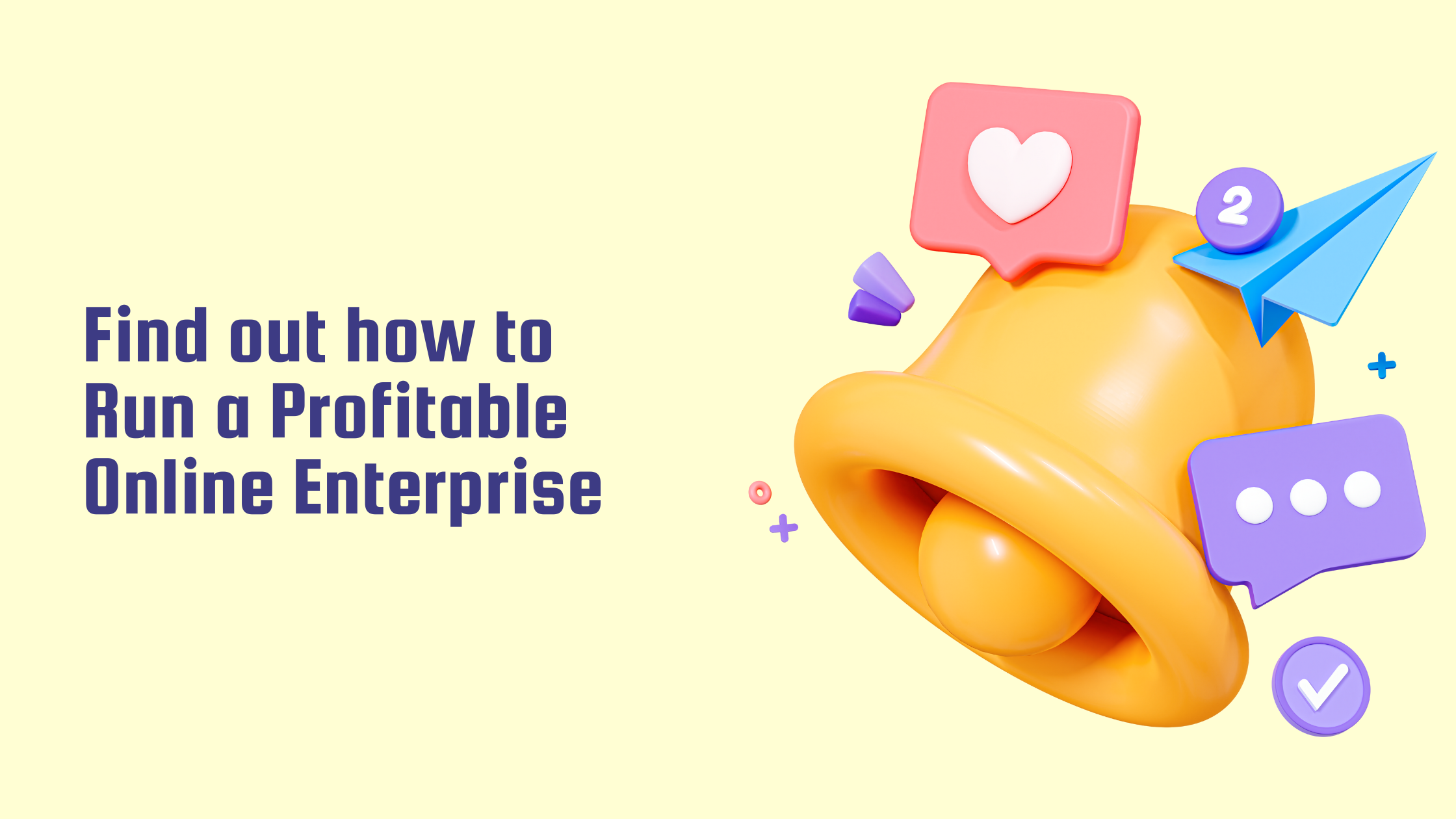Table of Contents
![]()
Tropical rainforests, characterized by their dense vegetation, high biodiversity, and consistently warm and wet climate, are among the most vital and complex ecosystems on the planet. They are found in regions near the equator, including the Amazon Basin in South America, the Congo Basin in Africa, and Southeast Asia. These forests play an indispensable role in regulating global climate, maintaining biodiversity, and providing essential ecosystem services such as water filtration and soil fertility. Despite their importance, tropical rainforests are facing severe threats, necessitating urgent and effective conservation strategies.
I. Introduction
A. Definition of Tropical Rainforests
Tropical rainforests are defined by their high levels of annual rainfall, typically between 1750 to 2000 millimeters, and consistent temperatures ranging from 20°C to 25°C. These forests are known for their multilayered canopy structure, which supports a rich diversity of flora and fauna. The dense canopy allows minimal sunlight to reach the forest floor, creating a unique microenvironment for the diverse species that inhabit it.
B. Importance of Tropical Rainforests
- Biodiversity Hotspot: Tropical rainforests are home to over half of the world’s plant and animal species, many of which are found nowhere else. This incredible biodiversity contributes to the resilience of these ecosystems and offers potential benefits for medicine and science.
- Climate Regulation: Rainforests play a crucial role in regulating the Earth’s climate by sequestering carbon dioxide, a greenhouse gas. They influence global rainfall patterns and help stabilize the climate.
- Ecosystem Services: These forests provide numerous ecosystem services, including water filtration, which helps maintain clean water sources, and soil fertility, which supports agricultural productivity.
II. Threats to Tropical Rainforests
A. Deforestation
- Causes: The primary drivers of deforestation include logging, both legal and illegal, agricultural expansion (such as for cattle ranching and soy cultivation), and urban development. The conversion of forest land to other uses results in the loss of critical habitats and contributes to greenhouse gas emissions.
- Consequences: Deforestation leads to significant biodiversity loss, as species lose their habitats and food sources. It also disrupts the carbon cycle, contributing to climate change, and causes soil erosion, which can lead to reduced agricultural productivity and increased sedimentation in rivers.
B. Climate Change
- Effects on Ecosystems: Climate change affects tropical rainforests by altering temperature and precipitation patterns. Increased temperatures can stress plant and animal species, while changes in rainfall can disrupt the water cycle and forest growth.
- Impact on Species: Shifts in climate can lead to changes in species distribution, with some species facing extinction if they cannot adapt or migrate. Changes in temperature and precipitation can also affect forest composition and structure.
C. Pollution
- Types: Pollution from agricultural runoff, industrial activities, and mining can introduce harmful chemicals into rainforest ecosystems. This pollution affects both terrestrial and aquatic life, leading to health problems for wildlife and humans.
- Effects: Pollutants can degrade soil and water quality, harm plants and animals, and reduce the overall health of rainforest ecosystems.
D. Illegal Activities
- Wildlife Trafficking: The illegal trade of wildlife threatens many rainforest species. Animals are often captured for the exotic pet trade or for traditional medicine, which can drive populations to the brink of extinction.
- Unregulated Mining: Mining activities, particularly for minerals and precious metals, can lead to habitat destruction, water contamination, and soil degradation.
III. Conservation Strategies
A. Protected Areas
- Establishment and Management: Designating areas as national parks or nature reserves helps safeguard significant portions of rainforest. Effective management involves regulating human activities, monitoring ecological health, and ensuring legal protection against encroachments.
- Examples of Successful Protected Areas: The Yasuni National Park in Ecuador and the Central Suriname Nature Reserve are notable examples where protected status has contributed to the conservation of rich biodiversity and critical habitats.
B. Sustainable Land Use Practices
- Agroforestry: Integrating trees and shrubs into agricultural landscapes can enhance biodiversity, improve soil health, and provide economic benefits to local communities.
- Sustainable Logging Practices: Implementing selective logging and certification schemes, such as those provided by the Forest Stewardship Council (FSC), can help reduce the impact of logging on rainforest ecosystems.
- Ecotourism: Promoting tourism that is environmentally responsible can provide economic incentives for rainforest conservation while raising awareness about the importance of these ecosystems.
C. Restoration Projects
- Reforestation and Afforestation: Planting native tree species and restoring degraded lands can help recover lost habitats and enhance ecosystem functions. Techniques include using native plant species and addressing soil health to support new growth.
- Techniques: Successful restoration projects often employ methods such as site preparation, controlling invasive species, and monitoring ecosystem recovery.
D. Community Involvement
- Indigenous Rights and Involvement: Indigenous communities often have deep knowledge of and connections to rainforest ecosystems. Supporting their land rights and involving them in conservation efforts can lead to more effective and culturally sensitive conservation outcomes.
- Local Community-Led Initiatives: Programs that provide economic opportunities, education, and resources to local communities can foster stewardship and sustainable management of rainforest resources.
E. Policy and Legislation
- National and International Policies: Policies such as REDD+ (Reducing Emissions from Deforestation and Forest Degradation) and agreements under the Convention on Biological Diversity aim to address deforestation and promote sustainable forest management.
- Enforcement and Compliance: Effective enforcement of environmental regulations and policies is crucial for ensuring compliance and preventing illegal activities that threaten rainforests.
F. Research and Monitoring
- Biodiversity Monitoring Programs: Ongoing research and monitoring help track changes in rainforest ecosystems, assess the health of species populations, and identify emerging threats.
- Climate Change Impact Assessments: Studies on the effects of climate change on rainforests help inform adaptive management strategies and conservation planning.
- Innovative Technologies: Technologies such as drones and satellite imaging are increasingly used to monitor deforestation, track wildlife, and assess habitat changes from a global perspective.
IV. Case Studies
A. The Amazon Rainforest
- Conservation Challenges and Strategies: The Amazon faces severe threats from deforestation, illegal mining, and climate change. Conservation efforts include establishing protected areas, promoting sustainable agriculture, and international funding initiatives like the Amazon Fund.
- Notable Organizations and Projects: Organizations such as the Rainforest Alliance and WWF work to protect the Amazon through advocacy, policy support, and on-the-ground projects.
B. The Congo Basin
- Efforts to Combat Poaching and Deforestation: Conservation strategies in the Congo Basin include anti-poaching initiatives, sustainable forestry practices, and community engagement programs.
- International Cooperation: Efforts involve collaboration between governments, NGOs, and international donors to address deforestation and promote conservation.
C. Southeast Asian Rainforests
- Issues Related to Palm Oil Plantations: The expansion of palm oil plantations is a major driver of deforestation in Southeast Asia. Conservation efforts focus on promoting sustainable palm oil practices and protecting critical habitats.
- Conservation Success Stories and Ongoing Challenges: Projects such as the Heart of Borneo initiative have achieved success in conserving large areas of rainforest, but challenges remain, including illegal logging and habitat fragmentation.
V. Future Directions
A. Emerging Technologies
- Genetic Research and Biotechnology: Advances in genetic research can aid in the conservation of endangered species and the restoration of degraded ecosystems.
- Remote Sensing and Artificial Intelligence: Technologies such as satellite imaging and AI can enhance monitoring and data analysis, providing more accurate and timely information for conservation efforts.
B. Global Cooperation
- Importance of International Collaboration: Addressing rainforest conservation requires global cooperation, as deforestation and climate change are issues that cross national borders.
- Role of Global Organizations and Agreements: Organizations like the United Nations Environment Programme (UNEP) and agreements such as the Paris Agreement play crucial roles in coordinating and supporting international conservation efforts.
C. Education and Advocacy
- Public Awareness Campaigns: Increasing public awareness about the importance of rainforests can drive support for conservation initiatives and influence policy changes.
- Educational Programs: Education programs targeting schools, communities, and policymakers can foster a deeper understanding of rainforest ecosystems and promote sustainable behaviors.
VI. Conclusion
Tropical rainforests are essential to the health of our planet, providing critical ecosystem services, regulating the climate, and supporting a vast array of life. The threats they face—from deforestation and climate change to pollution and illegal activities—underscore the urgent need for effective conservation strategies. By implementing protected areas, promoting sustainable land use practices, engaging local communities, and supporting policy and research efforts, we can work towards preserving these invaluable ecosystems. Global cooperation and continued innovation will be key in ensuring that tropical rainforests remain a vital part of our planet’s future.






Be the first to comment